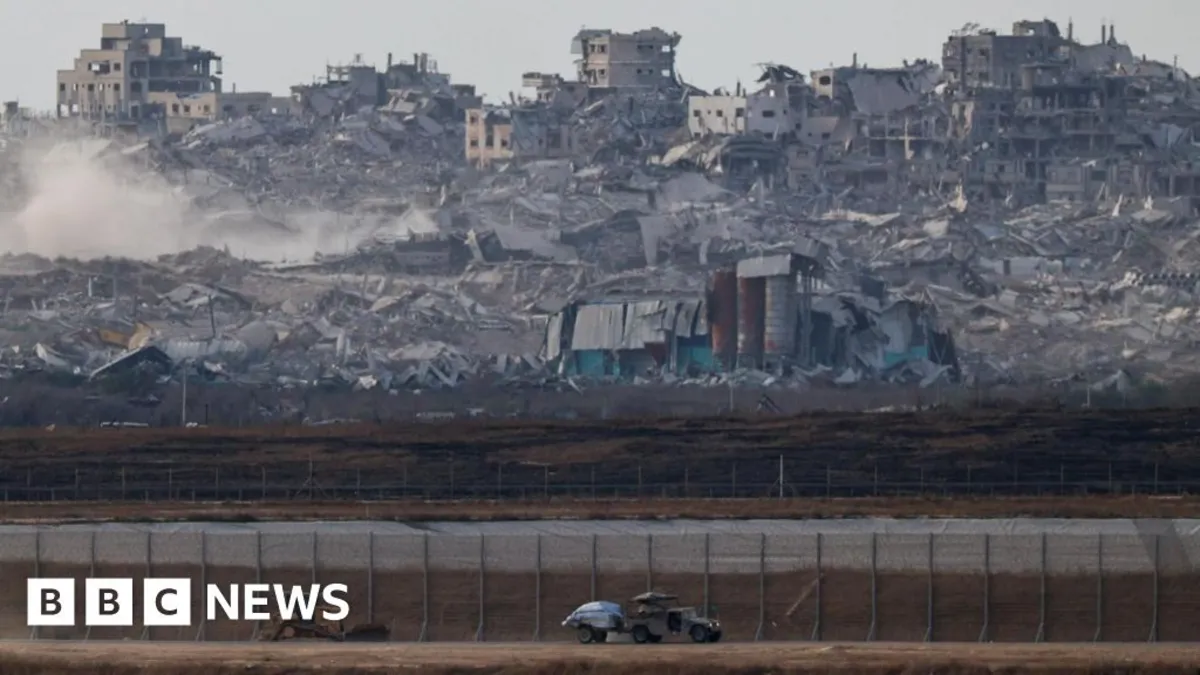
In a significant development, Israel has reportedly agreed to the necessary conditions to finalize a 60-day ceasefire in Gaza, as announced by US President Donald Trump. This ceasefire aims to provide a temporary halt to hostilities and pave the way for negotiations aimed at ending the ongoing war in Gaza.
During the anticipated 60-day ceasefire, President Trump emphasized that the United States will collaborate with all involved parties to bring about lasting peace. In a post on Truth Social, he did not disclose specific details regarding the conditions set for the ceasefire. He mentioned that the Qataris and Egyptians, who have played a pivotal role in mediating peace efforts, will present the final proposal. Trump expressed hope that Hamas would accept the deal, warning that the situation would deteriorate further if they did not agree. "It will not get better — IT WILL ONLY GET WORSE," he cautioned.
The backdrop to this ceasefire discussion is the ongoing military campaign initiated by Israel following the Hamas attack on October 7, 2023, which resulted in approximately 1,200 fatalities. Since then, the humanitarian crisis in Gaza has escalated, with reports indicating that over 56,647 people have been killed in the territory, as per the Hamas-run health ministry.
As the details of the ceasefire conditions remain unclear, it is uncertain whether Hamas will accept the terms proposed. Trump's announcement comes ahead of a scheduled meeting with Israeli Prime Minister Benjamin Netanyahu next week, where he indicated he would adopt a firm stance. Trump stated, "I believe Netanyahu wants to end hostilities in Gaza. He wants to. I can tell you he wants to. I think we'll have a deal next week."
This announcement follows recent events where Israel ordered evacuations in northern Gaza in anticipation of increased military operations. Notably, a previous ceasefire agreement collapsed in March when Israel resumed strikes on Gaza, which the Israeli military described as pre-emptive actions based on Hamas's perceived readiness for further attacks, military buildup, and re-armament.
The earlier ceasefire, initiated on January 19, failed to progress beyond its first stage. The proposed second stage included establishing a permanent ceasefire, the release of remaining hostages in Gaza in exchange for Palestinians imprisoned in Israel, and the complete withdrawal of Israeli forces from the territory.
As the situation develops, the international community continues to watch closely, hoping for a resolution that could lead to lasting peace in the region.